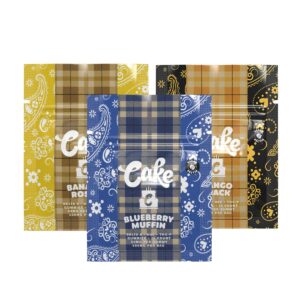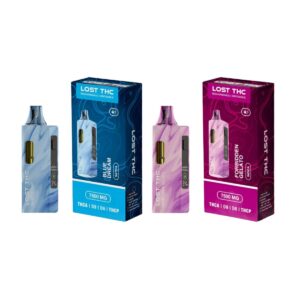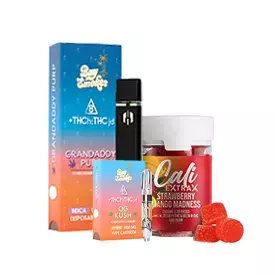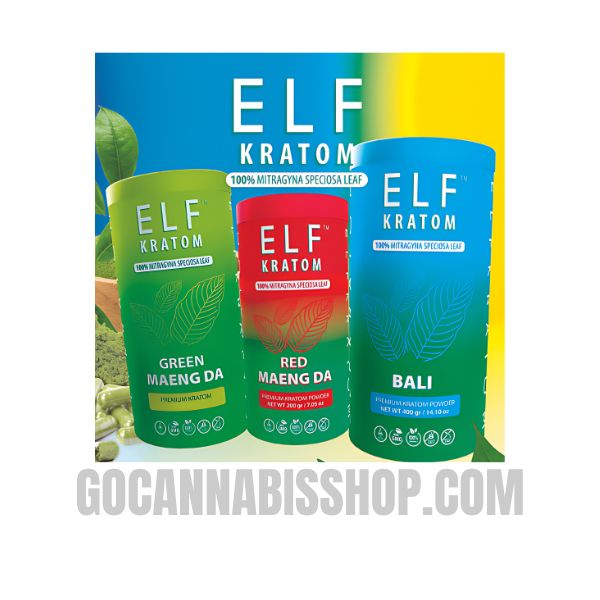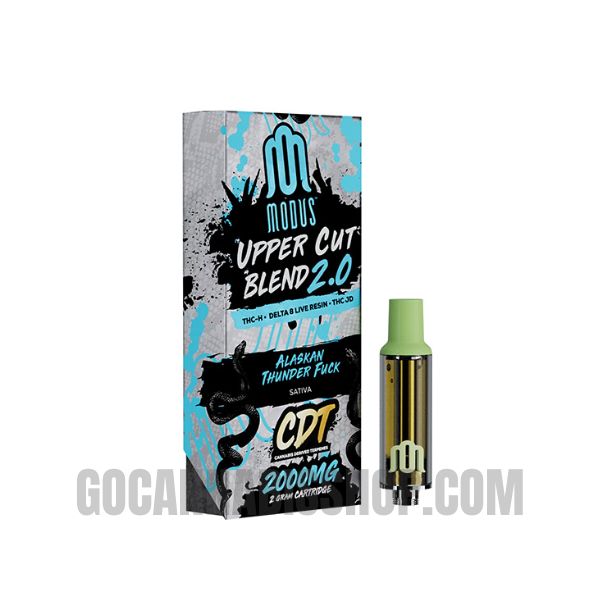Shop By Category
Hemp
The hemp plant is a stout, aromatic, erect annual herb. The slender canelike stalks are hollow except at the tip and base. The leaves are compound with palmate shape, and the flowers are small and greenish yellow. Seed-producing flowers form elongate spikelike clusters growing on the pistillate, or female, plants. Pollen-producing flowers form many-branched clusters on staminate, or male, plants.
Cultivation and processing
Hemp originated in Central Asia. Hemp cultivation for fibre was recorded in China as early as 2800 bce and was practiced in the Mediterranean countries of Europe early in the Christian era, spreading throughout the rest of Europe during the Middle Ages. It was planted in Chile in the 1500s and a century later in North America.
Venus’s-flytrap. Venus’s-flytrap (Dionaea muscipula) one of the best known of the meat-eating plants. Carnivorous plant, Venus flytrap, Venus fly trap
Britannica Quiz
Plants: From Cute to Carnivorous
industrial hemp
industrial hempIndustrial hemp plantation.
Hemp is grown in temperate zones as an annual cultivated from seed and can reach a height of up to 5 metres (16 feet). Crops grow best in sandy loam with good drainage and require average monthly rainfall of at least 65 mm (2.5 inches) throughout the growing season. Crops cultivated for fibre are densely sowed and produce plants averaging 2–3 metres (6–10 feet) tall with almost no branching. Plants grown for oilseed are planted farther apart and are shorter and many-branched. In fibre production, maximum yield and quality are obtained by harvesting soon after the plants reach maturity, indicated by the full blossoms and freely shedding pollen of the male plants. Although sometimes pulled up by hand, plants are more often cut off about 2.5 cm (1 inch) above the ground.
Fibres are obtained by subjecting the stalks to a series of operations—including retting, drying, and crushing—and a shaking process that completes separation from the woody portion, releasing the long, fairly straight fibre, or line. The fibre strands, usually longer than 1.8 metres (5.8 feet), are made of individual cylindrical cells with an irregular surface.
hemp fibre productsHemp sackcloth, bags, and rope.
Hemp production in the United States during World War II2 of 2
Hemp production in the United States during World War IIWatch this clip from a 1940s film promoting the production of hemp for the U.S. war effort.
See all videos for this article
The fibre, longer and less flexible than flax, is usually yellowish, greenish, or a dark brown or gray and, because it is not easily bleached to sufficiently light shades, is rarely dyed. It is strong and durable and is used for cordage—e.g., twine, yarn, rope, cable, and string—and for artificial sponges and such coarse fabrics as sacking (burlap) and canvas. Some specially processed hemp has a whitish colour and attractive lustre and is used to make fabric similar to linen for clothing. Hemp textiles can be used to make shoes. Hemp fibre is used to make bioplastics that are recyclable and biodegradable, depending on the formulation. The novel “hempcrete,” a composite material made of hemp and a lime binder, can be used similarly to traditional concrete in non-load-bearing applications. Hemp can also be used as an alternative to wood pulp in some instances; it is frequently used in papermaking and is a sustainable alternative to fibreglass insulation in buildings.
Shop by Category
NEWSLETTER
Join and receive a 15% off coupon for your first order!




